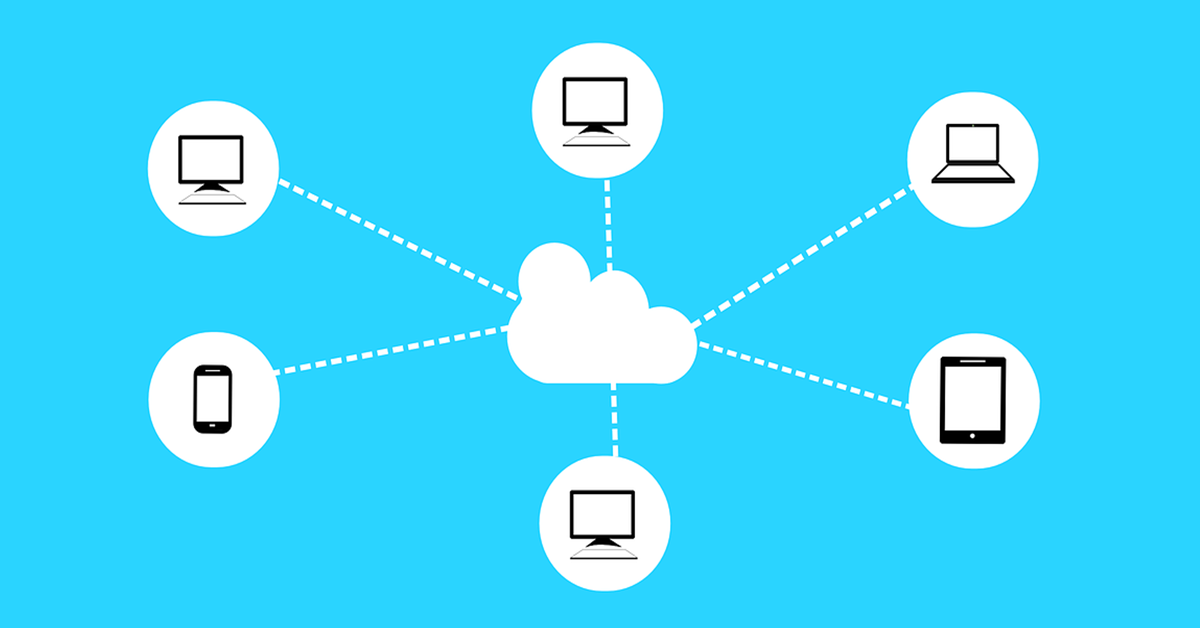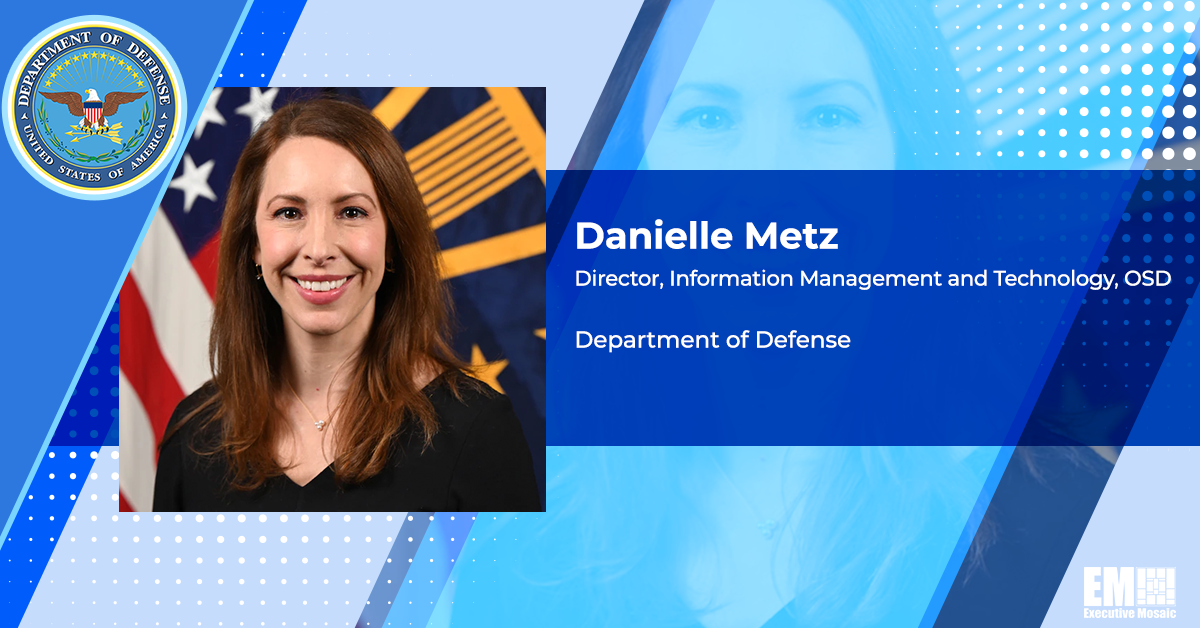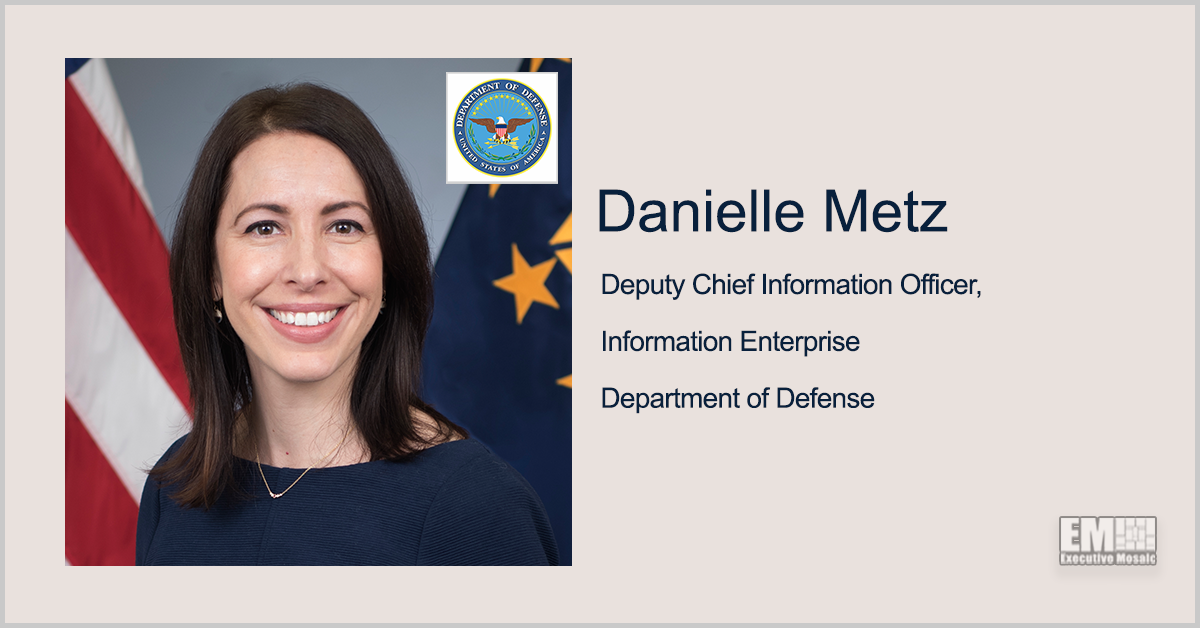The U.S. Intelligence Community is prioritizing cloud migration as it works to push capabilities out to the tactical edge and better support U.S. warfighters with access to critical data.
Notably along this effort, the Department of Defense recently released its software modernization strategy, which replaces its 2018 cloud strategy and more clearly defines the department’s impetus for moving to the cloud. Moving to the cloud is still “at the heart” of the new software modernization strategy, according to DOD officials.
“The real reason we’re moving to the cloud is so that we can have ubiquitous access and harness the power that cloud provides to do be able to do dynamic automation, build at scale, spin down — and it moves with us as we grow and learn our missions and our missions evolve,” said Danielle Metz, deputy chief information officer for DOD’s information enterprise, in a panel discussion during the Potomac Officers Club’s 3rd Annual CIO Summit.
Metz also noted that cloud capabilities are increasingly important as U.S. military branches and defense agencies strengthen their partnerships with each other and with allied forces as they prepare for the future fight.
“When we fight wars, we’re not in the continental United States, our warfighters are out at the tactical edge,” she said. “We need to be able to work together because there are precious resources when you get to the tactical edge, but there’s a lot of commonality that we can have when we have enterprise services and then build off of that.”
The National Security Agency in particular has seen the benefits of stronger collaborations through the rise of remote work, according to Greg Smithberger, CIO and director of NSA’s technology directorate. In recent years, the agency has made all of its meetings virtual.
“What we found is those far flung sites were now much more easily involved in the conversations — and all the conversations,” he explained of the agency’s embrace of telework. “It’s a much more intimate partnership with all of those partners on the high side.”
Additionally, NSA is exploring what systems and components can be developed on the low side, in a highly-protected unclassified environment, and then “finished with exquisite classified capabilities,” Smithberger said.
He continued, “We have thousands of people who are able to telework and do work in a protected unclassified environment to complement the remote work on the high side, and we don’t see ever going back on either of those fronts.”
On another front, military branches are getting more serious, and more mature, with their implementation of artificial intelligence. The U.S. Army, for example, is using AI to automate repetitive manual tasks and free up its service members for more complex cognitive tasks.
“We have bots today working at scale,” said Dr. Raj Iyer, CIO for the U.S. Army and 2022 Wash100 Award winner. “We’ve been able to build identities for them, integrate them into our system and then be able to treat them as virtual workers.”
The next step for the Army, Dr. Iyer outlined, will be using AI to perform analytics and maintenance work. Some of these capabilities already help the service branch to more quickly field capabilities and more accurately service weapons systems in order to make sure warfighters in the field stay equipped at all times.
“We have shown that we can easily predict failures on some of our most complex parts that can then be integrated back into the supply chain,” Dr. Iyer said of the Army’s AI successes. “So we were able to proactively order parts and then push it down the supply chain, get it out to the field where it’s needed.”
The third level, he explained, will be using AI on the high end for analytics at the edge for operations like target recognition, ISR and eventually, fusing intelligence data to operations.
Aside from the massive amounts of data federal agencies collect and process, one of the biggest challenges facing the public sector today is security as they increasingly move their critical data to the cloud.
John Gibbons, assistant vice president for network infrastructure and services at AT&T, said his work looks at “how can we look at the traffic, identify threats and be able to dynamically feedback in the network to block those threats before they’ve broken into a higher level security platform.”
“Those are the key things we need to be addressing,” he said.

Join GovCon Wire’s 2nd Annual IC Acquisition and Technology Innovation Summit on May 4 to learn more about the Intelligence Community’s priorities and strategies for staying a step ahead of global adversaries in today’s changing environment.
It’s not too late to register! Click here to save your spot.







